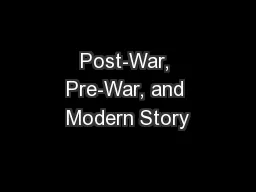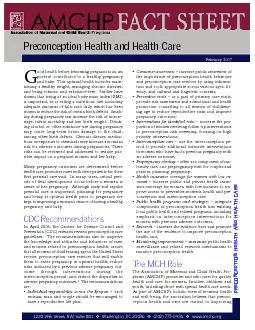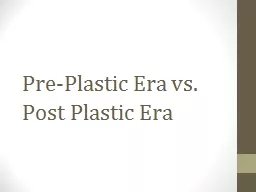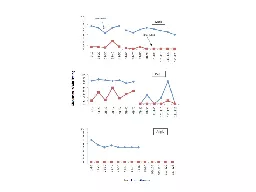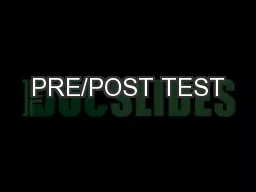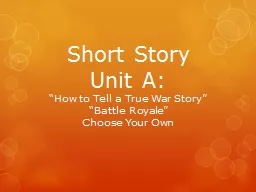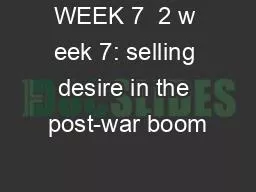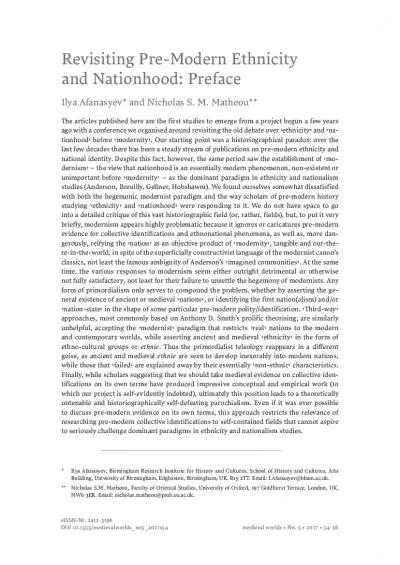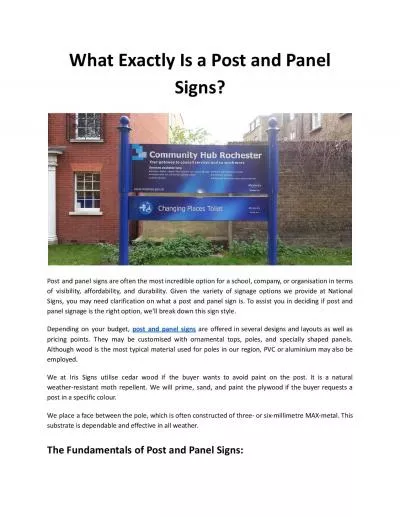PPT-Post-War, Pre-War, and Modern Story
Author : yoshiko-marsland | Published Date : 2016-07-06
Project 1865 1939 The Civil War April 12 1861 April 9 1865 WWI July 28 1914 November 11 1918 Contemporary American Literature 1940 to Present So Many StoriesSo
Presentation Embed Code
Download Presentation
Download Presentation The PPT/PDF document "Post-War, Pre-War, and Modern Story" is the property of its rightful owner. Permission is granted to download and print the materials on this website for personal, non-commercial use only, and to display it on your personal computer provided you do not modify the materials and that you retain all copyright notices contained in the materials. By downloading content from our website, you accept the terms of this agreement.
Post-War, Pre-War, and Modern Story: Transcript
Download Rules Of Document
"Post-War, Pre-War, and Modern Story"The content belongs to its owner. You may download and print it for personal use, without modification, and keep all copyright notices. By downloading, you agree to these terms.
Related Documents

